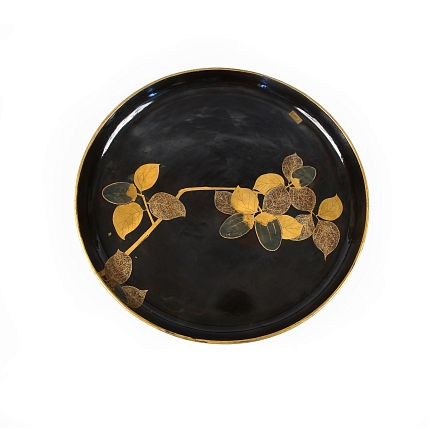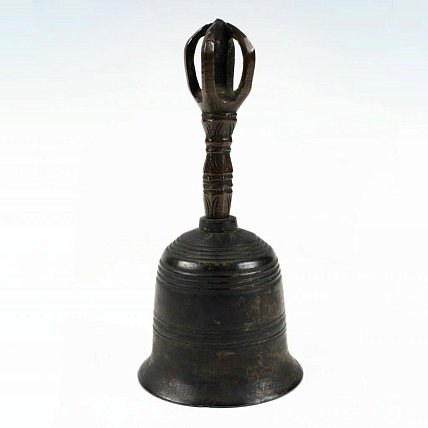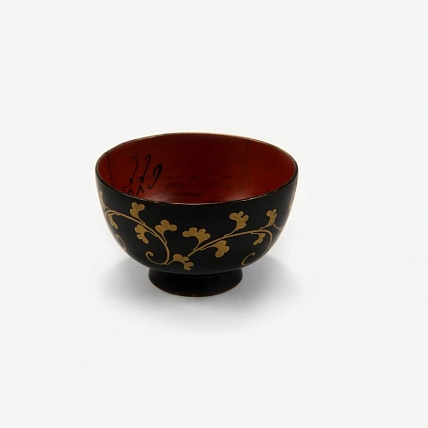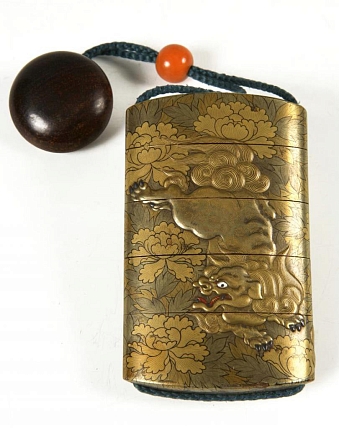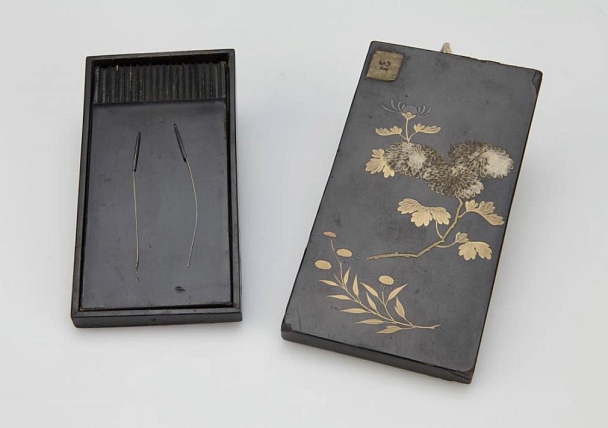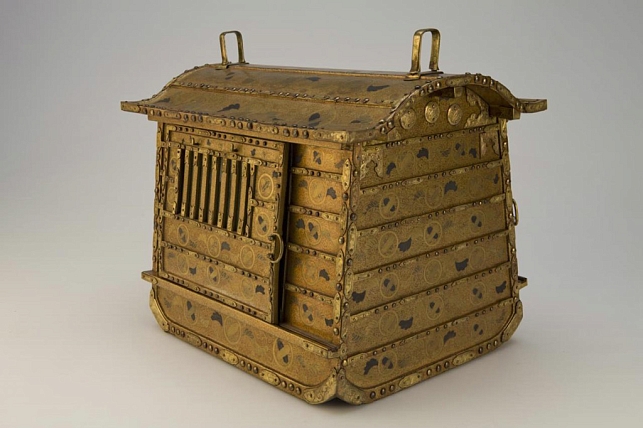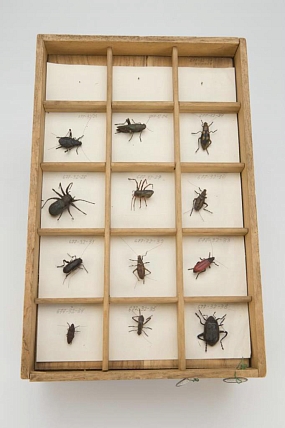- Visit Us Safely
- Opening Hours
- Getting Here
- Admission and Tickets
- Exhibitions
- Virtual 3D Tour
- Kunstkamera Mobile Guide
- History of the Kunstkamera
- The Kunstkamera: all knowledge of the world in one building
- Establishment of the Kunstkamera in 1714
- The Kunstkamera as part of the Academy of Sciences
- The Kunstkamera building
- First collections
- Peter the Great's trips to Europe
- Acquisition of collections in Europe: Frederik Ruysch, Albert Seba, Joseph-Guichard Duverney
- The Gottorp (Great Academic) globe
- Siberian expedition of Daniel Gottlieb Messerschmidt
- The Academic detachment of the second Kamchatka expedition (1733-1743)
- 1747 fire in the Kunstkamera
- Fr.-L. Jeallatscbitsch trip to China with a mission of the Academy of Sciences (1753-1756)
- Siberian collections
- Academy of Sciences' expeditions for geographical and economic exploration of Russia (1768-1774)
- Research in the Pacific
- James Cook's collections
- Early Japanese collections
- Russian circumnavigations of the world and collections of the Kunstkamera
- Kunstkamera superintendents
- Explore Collections Online
- Filming and Images Requests FAQs
Early Japanese collections
The Academy of Sciences’ Kunstkamera had items presenting culture and everyday life of Japan. The first Kunstkamera’s catalogue, namely, Musei Imperialis Petropolitani, published since 1741 to 1745, listed Japanese coins, a sword, home Buddhist shrines, an ivory chest, lacquer items, a fan, metal glasses, and wicker sandals (zori).
In the 1740s, the Kunstkamera received Japanese items gathered in the course the Second Kamchatka Expedition (1733-1743) in the Far East. These included specimens of money, textile, and clothes; a compass, a sable, and items of everyday life.
In December 1747, a fire occurred in the Kunstkamera and caused major damages to the ethnographic funds of the museum, including the Japanese collection.
The major acquisition of Japanese ethnographic collections came from consolidation and advancement of Russia’s economic and political interests in the Far East in the second half of the 1800s. Japanese rarities were acquired in the Kuril Islands from the Ainu and sent to the Academy of Sciences along with Ainu cultural and everyday life items. These were coins, blade weapons, lacquer works, china, and clothes.
Small Japanese collections resulted from diplomatic activities of Russia on establishing official relations with Japan, adhering to the policy of “country in the castle,” that is, self isolation from the outside world. In 1791, the Kunstkamera received the gifts presented to Catherine II by Daikokuya Kōdayū, captain of Japanese ship Shinsho-maru that wrecked nearby the Aleutian Islands in 1783. In 1794, the museum obtained artifacts from Adam Laxman’s expedition to Japan (1792-1793). Laxman was assigned to hold negotiations with the Japanese government on establishing trade relations with this country. In the result of the voyage, the Russian party got a government license permitting arrival to Nagasaki of one Russian vessel and deboarding the crew. Reports, journals, maps, and drawings brought by Laxman had a great value, while natural collections and artifacts replenished Kunstkamera’s funds.
In 1795, by Catherine II’s order, the Kunstkamera obtained the collection of A. Stuzer, a medic who served in the Dutch East India Company and visited Japan.
